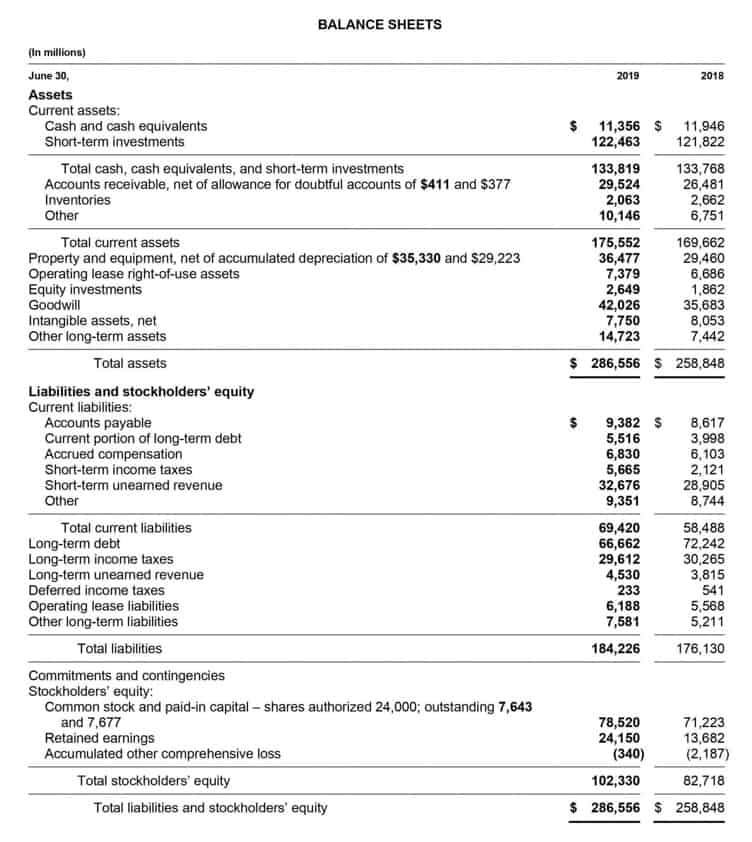
By automating routine tasks, improving data accuracy, and providing real-time insights, these tools enable organizations to stay ahead in an increasingly competitive business environment. FP&A software plays a crucial role in modern financial planning and analysis, offering several key benefits that address common challenges in the field. By automating routine tasks, it reduces manual effort and errors, allowing finance professionals to focus on more strategic activities. The software also provides real-time reporting with up-to-date financial insights for better decision-making. Includes department heads and senior executives, collaborates with the FP&A team to ensure that financial plans are aligned with operational goals.

What is FP&A software?
By following best practices, utilizing the right technology and tools, and building a solid and talented team, organizations can effectively implement FP&A and achieve their goals and objectives. Google, the tech giant, faced challenges with their manual budgeting and forecasting process. They implemented automated processes that streamlined data collection and reporting, enabling them to reduce errors and save time. FP&A uses the cash flow statement to build rolling cash forecasts and model different scenarios. The statement reconciles accrual-based earnings with actual cash movements, highlighting timing differences that affect liquidity and planning.
- Platforms such as Savant and Vena Solutions enhance financial modeling by integrating AI-powered analytics.
- Unlike competitors that burden users with a complicated experience and cumbersome reporting capabilities, Workday simplifies the planning and reporting process, increasing accuracy and efficiency.
- With FP&A software, finance and operational managers can drive improved performance by monitoring financial results against forecasts and goals and using analytics to recognize key trends and predict outcomes.
- Roles range from entry-level analysts to senior directors who manage complex forecasting and strategic finance initiatives.
- Individuals on this career path could also pursue additional certifications covering topics such as financial modeling, variance analysis, and budgeting.
- For finance teams, strong data validation practices are essential for maintaining data integrity and preventing errors that can lead to flawed financial models and poor strategic decisions.
Data Quality and Integration
As businesses continue to operate in increasingly complex and volatile environments, the role of FP&A will only grow in QuickBooks ProAdvisor importance. The journey of FP&A begins with strategic planning, through which the overarching organizational goals and ambitions are set. As a crucial first step, this stage defines the direction and scope of all subsequent financial planning and analysis efforts. Strategic planning involves high-level collaboration with various departments to ensure the financial strategy aligns with operational capabilities and market realities. As organizations increasingly rely on data-driven insights, FP&A professionals are in high demand.

The role of an FP&A professional
However, more often, one team performs both responsibilities, especially at small and medium-sized companies. Forecasting typically occurs quarterly or whenever operating conditions have changed enough that stakeholders need a refreshed estimate of how the year will close. Forecasts are used for budgeting, performance measurement, https://www.bookstime.com/ risk management, and decision-making. The FP&A team typically uses a variety of techniques and tools, such as statistical analysis, trend analysis, and scenario planning to create accurate and reliable forecasts. While FP&A provides the financial insights and analysis necessary for informed decision-making, long-range planning uses these insights to develop strategic plans that ensure long-term growth and stability.
Connected planning across departments
- Very few, if any, companies can be consistently profitable and grow without careful financial planning and cash flow management.
- Francis brings together data from different sources, automates tasks like consolidations and variance tracking, and makes collaboration easy across teams.
- Fostering a collaborative culture that values teamwork, trust, and open dialogue helps both teams keep the company on a path of financial prudence and strategic vision.
- Larger enterprises may extend forecasts 1-3 years into the future, and many now shift to continuous planning (updating forecasts monthly or quarterly rather than just once a year).
- This careful use of capital strengthens a company’s financial health and market position.
- Workday also enhances teamwork with secure data access, easy progress tracking, and smooth sharing of insights.
This means that the role what is fp&a of the FP&A professional is likely to evolve as well, becoming more focused on strategy and less on the nitty-gritty details of data analysis. You need to hire experienced and talented professionals who have the skills and expertise required for the roles you must fill. Make sure you have a mix of skills and experience on the team, including financial modeling, data analysis, and project management. Budgeting involves planning and managing the company’s financial resources, tracking the performance of initiatives against pre-set targets, and making informed decisions to drive business success. On the other hand, FP&A is all about using data and smart forecasting to make informed decisions for a company. Unlike accounting, which provides a static view of a company’s financial situation, FP&A focuses on creating a guide for a company’s future.


These employees collect, prepare and analyse financial data from across the organisation to create reports that provide data-driven answers to business questions. It’s using best practices to focus not only on what happened or what’s happening but on why it’s happening and what is likely to happen in the future. Unlike other finance roles, FP&A leverages both current and historical data to enhance business performance, prepare management reports, and forecast revenues, expenses, and cash flows. This FP&A meaning is critical for strategic decision-making, ensuring the company’s future objectives are met. FP&A is the process that a company’s finance department uses to perform operational budgeting, strategic financial planning, and forecasting to support organizational operations.